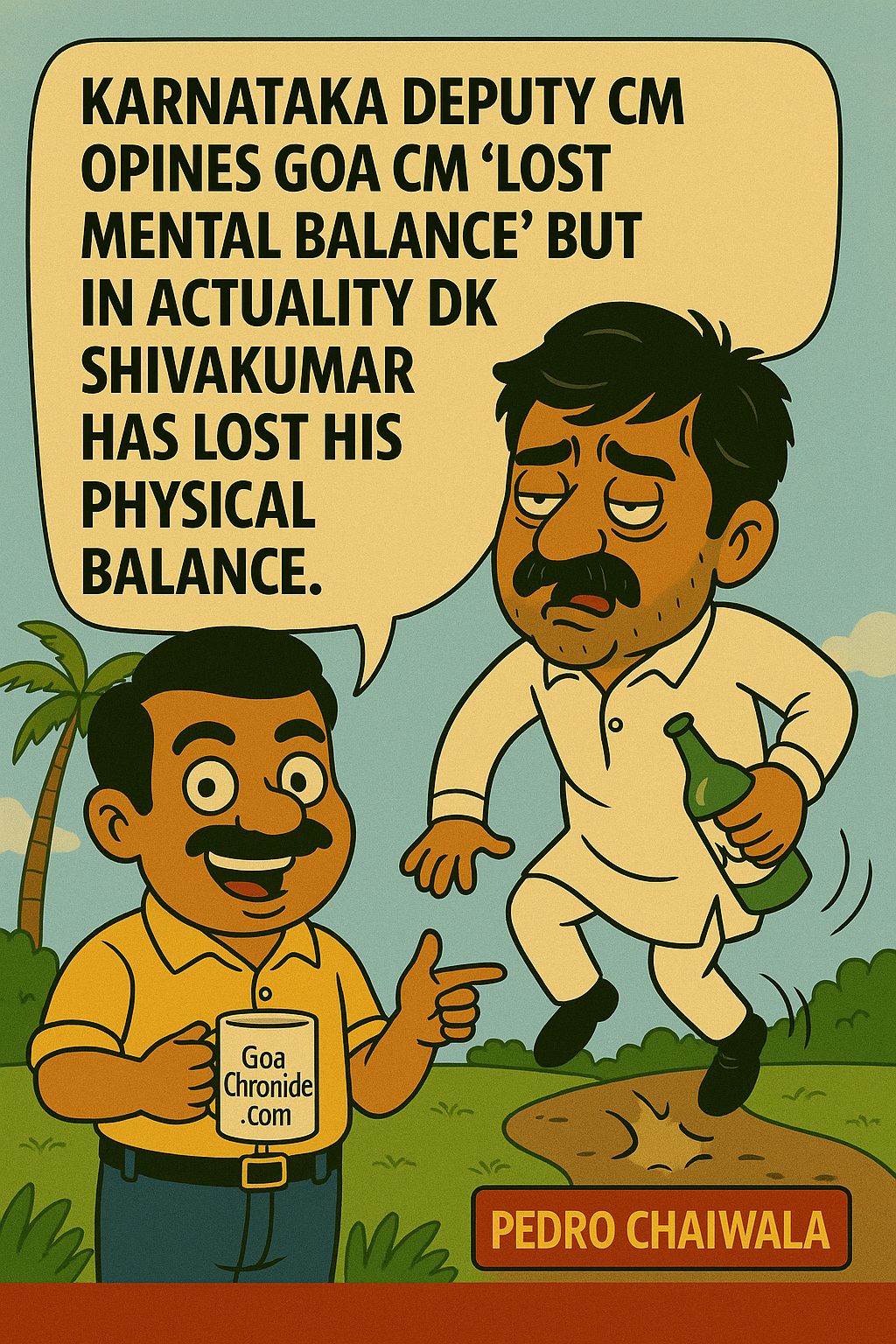The Indian middle class, often touted as the backbone of the nation’s economy, has frequently found itself at the crossroads of government policy and economic realities. Over the past decade, budgets have been rolled out with grand promises, yet the middle class feels persistently shortchanged. Despite being the crucial demographic driving consumption, education, and the service sector, the benefits trickling down to this segment have been less than satisfactory.
Taxation: A Double-Edged Sword
One of the most glaring areas where the middle class feels the pinch is taxation. While there have been some efforts to simplify tax structures, the actual relief provided has been minimal. For instance, the standard deduction for salaried employees was reintroduced in 2018, but the amount of ₹40,000, later increased to ₹50,000, did little to offset the rising cost of living. Comparatively, the personal income tax slabs have not been significantly adjusted to keep pace with inflation, leading to a higher tax burden over the years.
In the Union Budget of 2020, a new tax regime was introduced, offering lower tax rates but without the benefits of deductions and exemptions. This was intended to simplify the tax system, but many middle-class taxpayers found themselves at a disadvantage, losing out on popular deductions like those for housing loans and savings under Section 80C.
Inflation and Rising Cost of Living
Inflation has been a persistent issue, eroding the purchasing power of the middle class. While the Consumer Price Index (CPI) has shown fluctuations, the overall trend has been upward, particularly in essential sectors like healthcare, education, and housing. For example, the cost of education has seen an average annual increase of around 10-12%, far outpacing the average income growth of the middle class.
Healthcare expenses have similarly skyrocketed. Despite the introduction of schemes like Ayushman Bharat aimed at providing healthcare coverage, the middle class often falls into a gap where they are too well-off to qualify for such schemes but not wealthy enough to comfortably afford private healthcare. This scenario is exacerbated by the rising cost of private health insurance, further straining middle-class budgets.
Housing: A Distant Dream
Affordable housing remains an elusive dream for many in the middle class. Government schemes like Pradhan Mantri Awas Yojana (PMAY) have been launched to provide housing for all. However, the ground reality is that the middle class, especially in urban areas, struggles to afford even the so-called affordable housing options due to high real estate prices and relatively stagnant wage growth.
Interest rates on housing loans have seen some reductions, but these benefits are often negated by the rising property prices. Additionally, the tax benefits on housing loans have seen limited enhancement, providing inadequate relief to those burdened with long-term mortgages.
Employment and Wage Growth
Job creation has been a significant concern, with many sectors experiencing stagnation or slow growth. The government has introduced various skill development programs and employment schemes, but the impact on the middle class has been limited. The formal sector, which traditionally provides more stable and higher-paying jobs, has not expanded at the pace required to absorb the growing workforce, leading to underemployment and job insecurity.
Moreover, wage growth has not kept pace with inflation. Reports indicate that while the economy has grown, the benefits of this growth have not been equitably distributed, with the middle class experiencing relatively modest salary increments compared to the rising cost of living.
Savings and Investments
The middle class has traditionally relied on savings and fixed deposits as secure means of financial planning. However, with interest rates on savings accounts and fixed deposits dropping over the years, the real returns on these instruments have become negligible. The government has encouraged investments in equity and mutual funds through various tax-saving schemes, but the inherent risks and market volatility deter many middle-class families from fully engaging in these options.
The Public Provident Fund (PPF) and other similar schemes have seen some positive adjustments in terms of interest rates and contribution limits, but these changes are often not sufficient to counterbalance the overall economic pressures faced by the middle class.
Education: A Major Expense
Education remains one of the largest expenditures for middle-class families, with private schooling and higher education costs escalating year after year. While the government has increased funding for public education and introduced scholarships and financial aid programs, the quality and infrastructure of public schools often lag behind private institutions, compelling many middle-class families to opt for more expensive private education.
Higher education, particularly professional courses, has become prohibitively expensive, leading to significant debt for students and their families. The educational loan system, while available, imposes long-term financial burdens due to high interest rates and the challenge of securing well-paying jobs post-graduation.
The Middle-Class Squeeze
The last decade of budgets has consistently failed to fully address the nuanced needs of the middle class. While policies have been framed to boost the economy, the middle class often finds itself in a squeeze—too prosperous to benefit from welfare schemes targeted at the poor, yet not affluent enough to comfortably absorb the rising costs and economic pressures.
Despite being significant contributors to the economy through consumption and taxes, the middle class continues to bear a disproportionate burden. The lack of substantial tax relief, inadequate adjustments for inflation, rising costs in essential sectors like healthcare and education, and slow wage growth collectively contribute to the feeling of being shortchanged year after year.
Looking Forward
For future budgets to be truly inclusive and beneficial to the middle class, policymakers need to consider more targeted relief measures. This includes revising tax slabs and deductions to reflect current economic realities, controlling inflation, particularly in essential sectors, and fostering an environment that promotes job creation and fair wage growth. Moreover, enhanced support for affordable housing, healthcare, and education is crucial to alleviate the financial burdens on middle-class families.
Ultimately, recognizing the vital role of the middle class in driving India’s economic engine and addressing their unique challenges with tailored solutions will be key to ensuring a balanced and inclusive growth trajectory for the nation.































